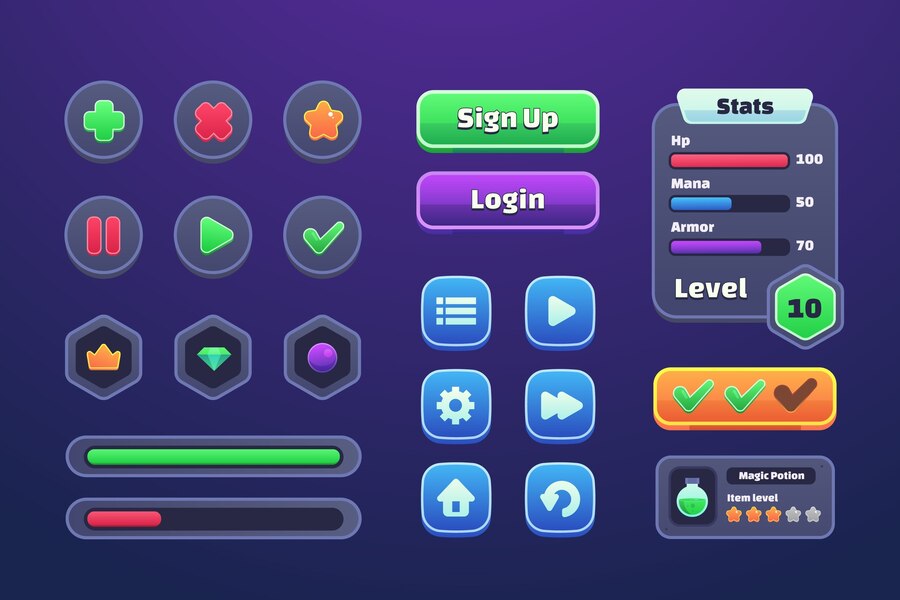In a world where classroom learning often struggles to keep pace with the dynamic interests of students, educational tools like Gimkit have emerged as a game-changer. Among its most notable features is the ability to host live games, which brings learning to life in a way that’s fun, interactive, and effective. This blog post dives deep into the concept of the “Gimkit Host,” offering insights on how to maximize its potential for your classroom or group activities. If you’re looking to transform your teaching experience or simply engage learners like never before, you’ve come to the right place.
What Is Gimkit?
Before we explore the “host” aspect, let’s understand what Gimkit is. Gimkit is an online game-based learning platform designed to make education entertaining. Created by a high school student, it combines quiz-style learning with engaging elements like power-ups, leaderboards, and team modes. Think of it as Kahoot’s cooler cousin with a twist of strategy.
What sets Gimkit apart is its versatility—students not only answer questions but earn in-game currency to buy upgrades, sabotage opponents, or boost their scores. The result? A blend of education and gamification that keeps students motivated and eager to participate.
What Does It Mean to Host a Gimkit Game?
The term “Gimkit Host” refers to the individual who creates and manages a live Gimkit game session. Typically, this is a teacher, facilitator, or anyone leading a group learning activity. The host sets the tone for the game, controls the pace, and ensures a smooth experience for participants.
Hosting on Gimkit isn’t just about clicking buttons—it’s about fostering engagement, sparking friendly competition, and ensuring every participant walks away having learned something new. In essence, the Gimkit host acts as the conductor of an educational orchestra.
Why Hosting Matters: The Purpose of a Gimkit Host
The purpose of hosting in Gimkit is to create an interactive learning environment that encourages participation, teamwork, and critical thinking. As a host, your role is pivotal in transforming passive learners into active participants. Whether you’re reinforcing key concepts or assessing knowledge in a non-intimidating way, hosting in Gimkit ensures that learning is both fun and effective.
Step-by-Step Guide to Becoming a Gimkit Host
If you’re new to Gimkit or looking to sharpen your hosting skills, follow these simple steps to set up your first game:
1. Create a Gimkit Account
- Go to Gimkit’s official website and create an account.
- Choose between the free version or the upgraded plans like Gimkit Pro for additional features.
2. Design Your Game
- Use pre-existing kits (question sets) or create your own tailored to the subject or theme.
- Add a variety of question types such as multiple-choice, true/false, or open-ended.
- Keep your questions short and straightforward for better engagement.
3. Choose Your Game Mode
- Gimkit offers multiple modes, including “Classic,” “Team Mode,” and “Trust No One” (inspired by Among Us).
- Select the mode that aligns best with your learning objectives and group size.
4. Set Up the Game
- Click on “Host” and configure game settings like time limits, the number of participants, and power-up options.
- Share the unique game code with your students or participants, who can join using any device.
5. Facilitate and Engage
- Monitor the leaderboard and provide commentary to keep energy levels high.
- Encourage collaboration or healthy competition depending on your goals.
- Use live data insights to identify knowledge gaps and adjust accordingly.
Best Practices for Hosting a Gimkit Game
To make your Gimkit hosting experience seamless and impactful, keep these tips in mind:
1. Set Clear Expectations
- Explain the rules and objectives before starting the game.
- Emphasize the importance of participation and teamwork.
2. Keep It Dynamic
- Alternate between individual and team modes to maintain variety.
- Use timed rounds or bonus questions to keep participants on their toes.
3. Encourage Friendly Competition
- Celebrate winners but also acknowledge effort and improvement.
- Introduce fun prizes or rewards to add an extra layer of motivation.
4. Reflect and Debrief
- After the game, discuss what was learned and address any misconceptions.
- Use the data insights to guide future lessons or activities.
Benefits of Hosting on Gimkit
Being a Gimkit host isn’t just about playing games—it’s about reaping tangible educational benefits:
- Increased Engagement: The gamified format keeps students attentive and involved.
- Personalized Learning: Customize games to target specific topics or skills.
- Real-Time Feedback: Get instant insights into student performance.
- Collaboration and Social Skills: Team modes encourage teamwork and communication.
Common Challenges and How to Overcome Them
While hosting on Gimkit is generally intuitive, here are some challenges you might face and solutions:
- Technical Issues: Ensure a stable internet connection and test the platform beforehand.
- Low Participation: Use icebreakers or warm-up rounds to ease students into the game.
- Over-Competitiveness: Reinforce the value of learning over winning to maintain a positive atmosphere.
Conclusion: Why Every Educator Should Be a Gimkit Host
Becoming a Gimkit host is more than just running a game—it’s about creating an environment where learning feels like an adventure. With its interactive features, customizable content, and student-centered approach, Gimkit has redefined what it means to engage learners in the classroom.
So, whether you’re a teacher, tutor, or group facilitator, hosting on Gimkit is a must-try experience. Not only will it transform your teaching methods, but it will also leave your students eager for the next session. Dive into the world of Gimkit hosting today and watch the magic unfold!
